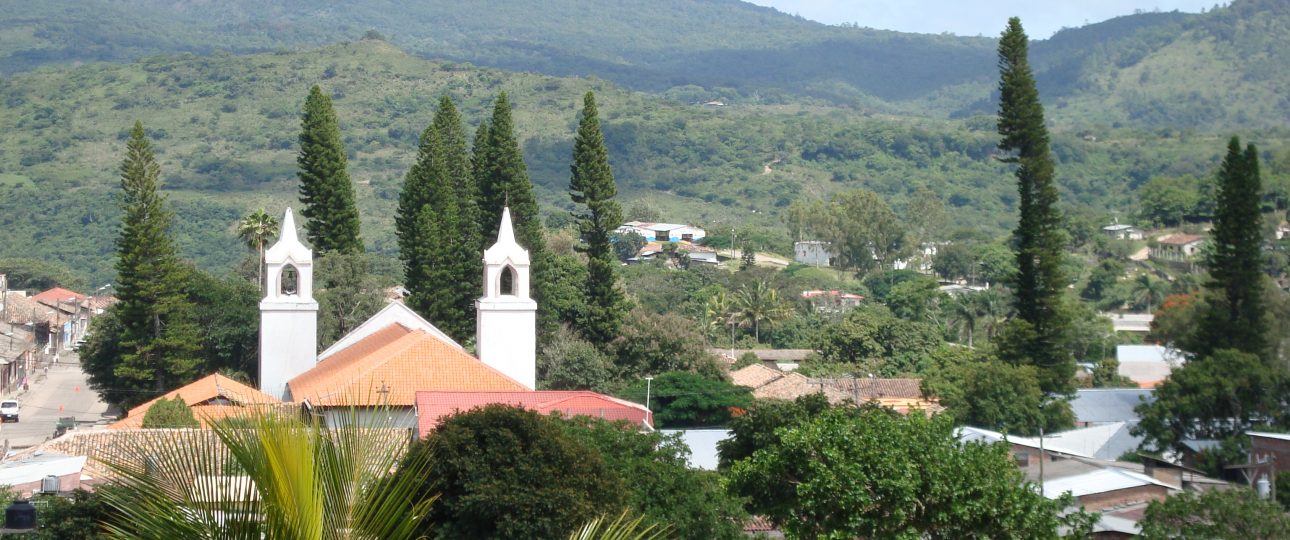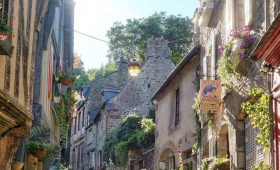Exploring San Marcos de Colón
San Marcos de Colón offers a unique travel experience in southern Honduras. This town, officially recognized as a city in 1927, has roots dating back to 1795. It provides a blend of historical intrigue and natural beauty, making it a worthwhile stop for those exploring the region.
Historical Insights
The town’s colonial architecture reflects its Spanish heritage, with the central plaza featuring a notable church and town hall. These landmarks highlight its historical significance. For a deeper dive into the past, visit the local museum to learn about the indigenous cultures that once thrived here.
Natural Attractions
San Marcos de Colón is surrounded by lush mountains, offering stunning views and outdoor activities. The area is ideal for hiking, with trails leading through cloud forests and to hidden waterfalls. The climate, influenced by its altitude of 3,500 to 5,000 feet, is more temperate than tropical, though it can be dusty from January to March.
Cultural Experiences
The town is known for its vibrant festivals, where you can experience traditional music, colorful parades, and local cuisine. Engaging with the friendly locals during these events provides a genuine taste of the area’s culture.
When to Visit
The dry season, from November to April, is the best time to visit, offering pleasant weather for exploring. However, the wet season from May to October brings lush landscapes, though it may involve some rain.
Getting There
San Marcos de Colón is accessible from Toncontín International Airport in Tegucigalpa. From there, a four-hour drive or a six-hour bus ride will get you to the town. If you’re already in Honduras, consider a domestic flight to La Ceiba, followed by a bus or car journey.
Local Transportation
Once in San Marcos de Colón, the town’s compact size makes it easy to explore on foot. Bicycles are available for rent, and local taxis or guided tours can take you to nearby attractions. Always negotiate taxi fares in advance.
Additional Information
- San Marcos de Colón’s climate is more temperate due to deforestation and altitude.
- The local football team, Atlético Pinares, was active until 2012.
- Notable local figure: painter Pedro Joaquin Mendoza Caballero.




